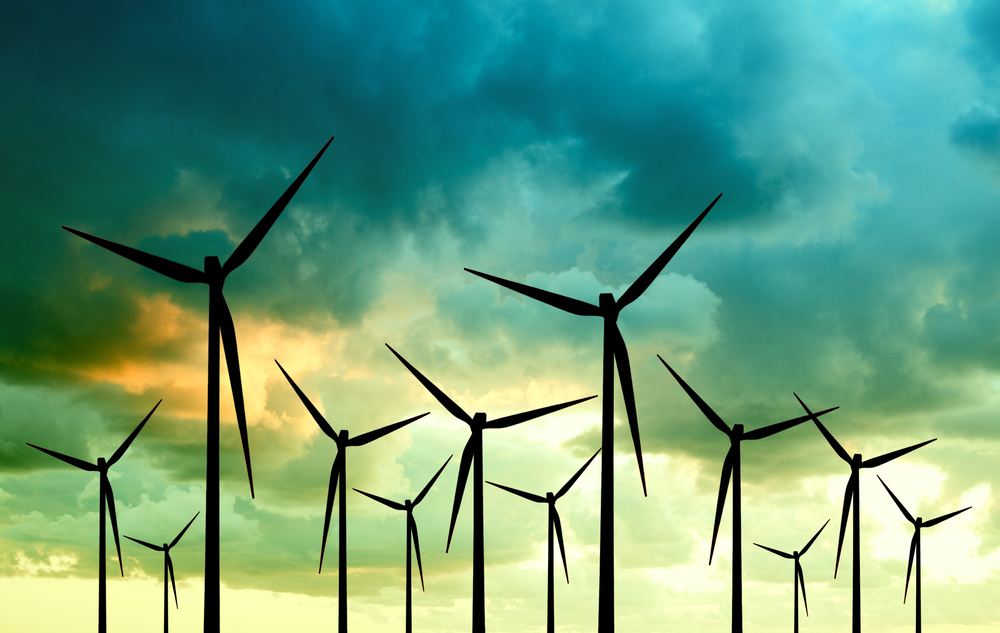
Energy. We all need it. We all demand it. We all tend to abuse it.
In this day and age of climate crazies and environment woes, we all need to smarten up and realize that it is time for the beast of mindless consumerism and greedy consumption to tuck its tail between its legs and scamper. Its ugly head has been reared far too long now, at the expense of the world in which we live.
Indeed, we must now take a long, hard look at the error of our ways, and adjust our mindset. Reduce our carbon footprint: The catchphrase of the times is which we live.
A good way to do this would be to consider alternative, environment-friendly answers to the demand for energy. One such answer is blowing in the wind. Literally.
Wind Energy 101
Wind energy is quickly becoming a viable means of alternative energy – especially here in the Philippines, which is naturally quite blustery – but what is it, really?
For those of us who may be a tad unfamiliar with this energy saver, wind power captures the natural wind in our atmosphere and converts it first into mechanical energy, and then into electricity. The concept of harnessing the wind’s power began many moons ago, with the advent of the first windmills, which were used to pump water, grind grain, etcetera. Of course, back then there was no technology to harness wind and turn it into electricity; but wind power was used for other kinds of work requiring energy.
Today, given our state of technological advancement, modern wind turbines have taken the place of the windmill. These turbines generally have three blades on top of a pole-shaped steel tower, and measure anywhere from 80-feet to 260-feet, depending on the scale of what is being powered (anywhere from one home, to an entire subdivision of homes.)
Wind turbines work by harnessing wind’s kinetic energy, and transforming it into electricity. There is a whole, complex process – which involves internal shafts, gearboxes, converters, rotations, generators, power grids, etecetera – between harnessing the wind, to the actual end product of electricity made available to consumers, but this is where your energy to Google comes into play.
Why wind?
For starters, wind is a renewable source of energy. This means that we are not further depleting the earth’s already depleted natural resources. This is good news for our very, very tired earth!
Wind is a clean fuel source. Wind energy does not contribute to pollution, which is already at dangerously high levels in many parts of the world. Traditional sources of energy – such as those that are dependent on the burning of fossil fuels – release atmospheric emissions and pollutants that create greenhouse gases and cause acid rain. Not so with wind energy.
We all know the domino effect that pollution has on global warming and climate change, so anything we can do to lower levels of pollution is most certainly a step in the right direction.
Wind is a domestic source of energy, which is also a definite advantage. It utilizes and maximizes a resource that is locally available in a nation. The windier the country, the easier to find wind hotspots which would be ideal for setting up wind power plants (which can, in reality, be set-up even on an existing farm or ranch land.).
Lastly, wind energy is cost-efficient. Prices per kilowatt hour of wind-generated energy of course vary from project to project (depending on the wind resource as well as on the financing of the project), but generally speaking, wind energy is one of the cheaper sources of renewable energy available today.
DOST in the wind
In the Philippines, there is a greater degree of focus being placed this year on wind energy and its potential.
Science Secretary Mario Montejo said at the start of 2015 that the Department of Science and Technology (DOST) is poised to carry out a nationwide wind measurement project in order to pinpoint spots for harnessing the wind’s energy.
He detailed that the DOST, with the assistance of the Philippine Council for Industry, Energy and Emerging Technology Research and Development (PCIEERD), the Philippine Atmospheric, Geophysical and Astronomical Services Administration (PAGASA) and its Project NOAH (Nationwide Operational Assessment of Hazards), will take on the nationwide wind speed mapping project which will identify potential wind farm locations.
“From the data we will generate, investors can make the decision and choose sites where they can build wind farms,” Montejo told reporters.
Montejo cited estimates made by the Embassy of Denmark – which is assisting the Philippines in developing alternative energy source – as disclosed by Danish Ambassador Nicolai Ruge, that the Philippines can potentially generate up to 15,000 megawatts of wind energy.
“That’s a huge amount of potential energy. We must find out these sites where we can harness that wind,” Montejo said.
At present, local and foreign energy firms who are interested in setting up wind farms to harness wind energy for power generation must conduct their own wind measurement activities, in order to spot potential locations.
Currently, there are three major wind plants in the Philippines: the Philippine Wind Farm (which is still under construction, with target completion in 2016) in Puerto Galera, Mindoro, which will have a capacity of 48 megawatts); the Bangui Wind Farm in Bangui, Ilocos Norte, which has a capacity of 24.75 megawatts; and the largest wind farm in the country and in Southeast Asia, Burgos Wind Farm in Burgos, Ilocos Norte, which has a capacity of 150 megawatts.
Windy solutions may be just what we need to blow our energy problems away. Pun most definitely intended, but the joke will be on us if we continue to disregard the winds of change.